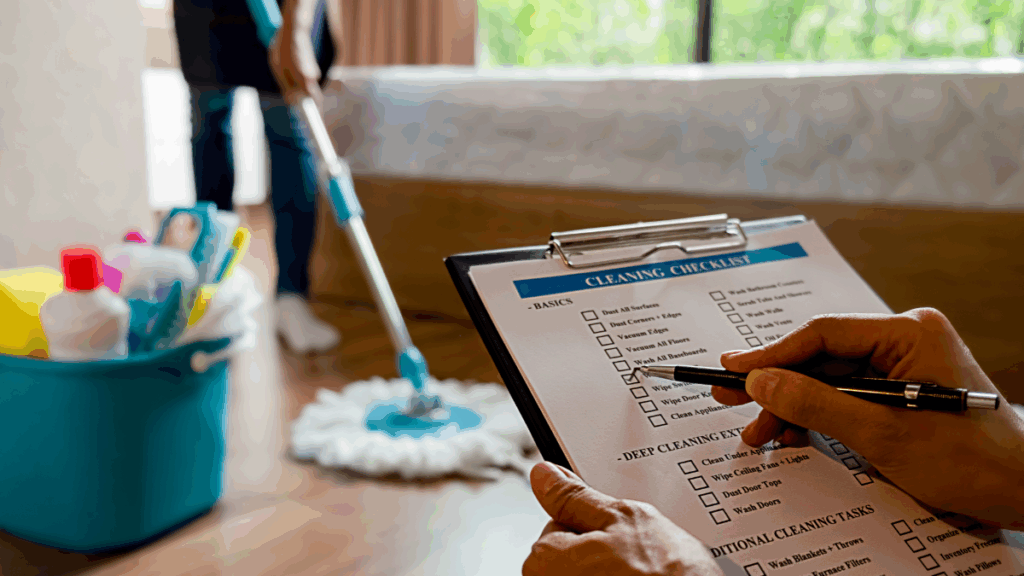Figuring out how to move a piano from one place to another is no small feat. Their size, weight, and delicate nature make them one of the most challenging household items to relocate.
Whether you’re a homeowner looking to move across town or a professional mover gearing up for a complex job, understanding the intricacies involved is crucial. Click here to learn more about House Fly’s Moving Services.
Why You Need to be Careful When Moving a Piano?
Unique Challenges
- Size and Weight: Pianos are large and heavy, often weighing several hundred pounds.
- Fragility: Despite their sturdy appearance, pianos are delicate instruments with intricate internal mechanisms.
- Irregular Shape: Their shape makes them awkward to maneuver, especially in tight spaces.
Most Common Types of Pianos
- Upright Pianos: Easier to move than grand pianos but still require careful handling.
- Grand Pianos: Require disassembly of certain parts and special equipment.
Preparing for the Move
Assessing the Piano and the Move
- Measurements: Measure the piano and the spaces it will pass through.
- Path Planning: Plan the route carefully, ensuring all obstacles are removed.
What you Need
- Moving Blankets: Protect the piano’s surface.
- Straps: Secure the piano during the move.
- Dollies: Essential for moving both upright and grand pianos.
Preparing the Piano for the Move
- Securing Parts: Lock the lid and secure other movable parts.
- Covering Surfaces: Use blankets and padding to protect the piano from scratches.
Time to Move
How to Move an Upright Piano
- Secure and Cover: Lock the lid and wrap the piano in moving blankets.
- Lift Carefully: Use straps and dollies to lift the piano, keeping it upright.
- Navigate: Move slowly and steadily, paying close attention to stairs and tight corners.
How to Move a Grand Piano
- Disassemble: Remove the legs, pedals, and other detachable parts.
- Cover and Secure: Wrap the body and parts in blankets.
- Lift and Load: Use straps and multiple people to lift the piano onto a dolly.
Benefits of Using Professional Piano Movers
Expertise and Experience
- Trained Professionals: Skilled in handling pianos of all types.
- Efficient: Quick and safe moving process.
Specialized Equipment and Techniques
- Proper Tools: Use of dollies, ramps, and padding.
- Best Practices: Knowledge of the safest ways to move pianos.
Moving Insurance and Liability
- Protection: Coverage for any damages during the move.
- Peace of Mind: Assurance that your piano is in good hands.
How Much Does it Cost to Move a Piano?
Factors Affecting the Cost
- Distance: Longer distances generally cost more.
- Type of Piano: Grand pianos are usually more expensive to move than uprights.
- Complexity: Navigating stairs or narrow hallways can increase costs.
Average Cost Range
- Upright Pianos: $200-$500
- Grand Pianos: $500-$1,500
Getting an Accurate Quote
- Detailed Information: Provide as much detail as possible when requesting a quote.
- Avoiding Hidden Fees: Ask about extra charges for stairs, long carries, or difficult access.
Additional Tips and Considerations After the Move
- Re-Tuning: Pianos may need tuning after being moved.
- Inspect for Damage: Check for any signs of damage immediately.
By following our guide, you’ll have a better understanding of the process and why professional help is often the best choice.
Download the House Fly app and book top-rated piano movers effortlessly. Don’t take risks with your valuable instruments. Trust the experts at House Fly for a smooth, stress-free move!
Find a Local Handyman or Moving Company with House Fly!
- Download the app
- Select the service you want
- Shop local service providers based on their profile, reviews, ratings, prices, and availability
- Instantly book their services based on their calendar availability
- Chat and share photos about the upcoming job with the service pro
















